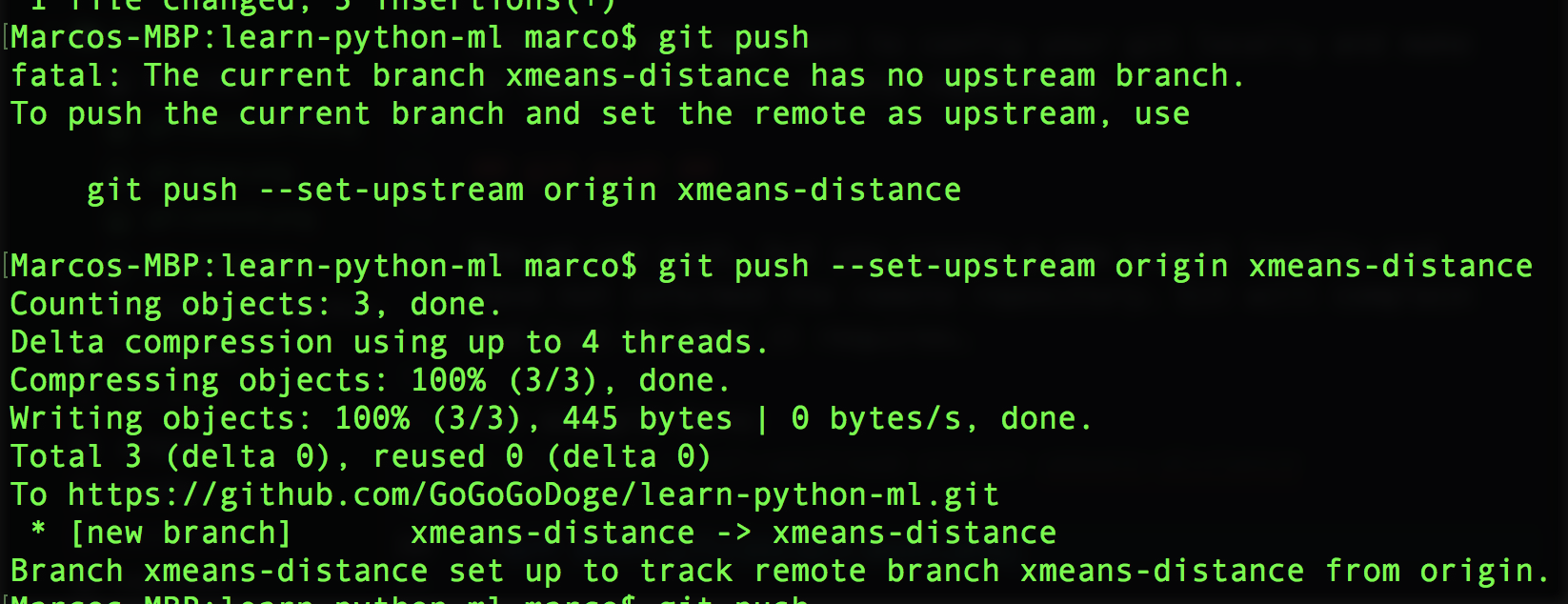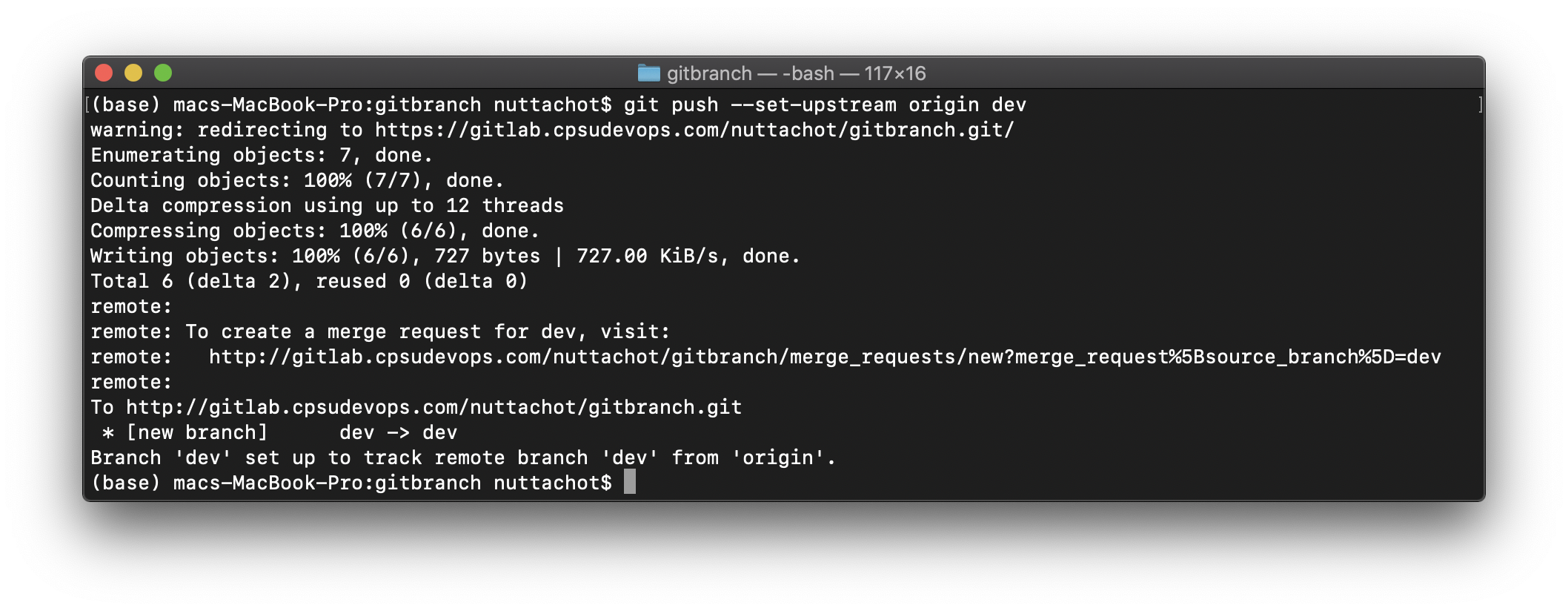

Series Navigation Getting geeky with Git #2. It might also help when dealing with some issues. While knowing all of the above might not be crucial to using Git in your everyday work, it gives you a broader perspective. Its remote equivalent now acts as an upstream to our local branch. If our local branch tracks a remote branch through a remote-tracking branch, we call it a tracking branch. They act as pointers to where the remote master is. To connect to their remote counterparts, we locally have remote-tracking branch es, for example, origin/master. Since Git is distributed, we maintain local copies of branches. The origin keyword is an alias to the default remote connected to our local repository. Remote is a repository other than our local copy. The terminology surrounding branches and remotes in Git is vast and can be quite confusing. Git branch –set-upstream-to=origin/ maste Summary If you wish to set tracking information for this branch you can do so with: Please specify which branch you want to merge with. There is no tracking information for the current branch. Not specifying the branch by running just git pull origin means that we want to merge the upstream branch into our current branch.Īs you can see above, if we want to omit the arguments of git pull we need to set up an upstream branch. When we run git pull origin master we explicitly say that we want to merge the remote branch master into our current branch. To figure out the associated remote, git needs an upstream branch. If we don’t specify it by running just git pull, the default is the remote associated with the branch we are currently on. When running git pull origin, we indicate that we want to fetch from the origin. When we run git pull, there are a few things Git needs to know. When we run git pull , we fetch the current state of the remote and merge it to our local repository. How setting an upstream branch affects git pull Having upstream branches can be useful when doing other operations such as git pull. Being as precise as possible when pushing changes might be a good thing, though. We could even run git push without the remote, and Git assumes that we want the remote of the current branch. It connects our local master through origin/master to the branch in our remote repository, making it an upstream branch.Īs you can see, setting up an upstream branch gives us a possibility to be a bit less explicit. The most straightforward approach to the above issue is to run git push - u origin master instead. We also check out what is an upstream branch and how we can benefit from defining it. In this article, we look into what is a remote and what the origin keyword means. So, this is why you point to origin/master. But, setting the upstream is all about telling Git which local tracking branch to be used for git pull.

The most popular one is Git, and therefore it is worth looking into it a bit more. As used inside of git pull origin master, origin master refers to the true master branch living on the remote. Version control systems (VCS) are one of the essential tools of every programmer. Keeping our Git history clean with fixup commits Improving our debugging flow with Bisect and Worktree # and have 2 and 3 different commits each, respectively.This entry is part 1 of 11 in the Getting geeky with Git # Your branch and 'origin/development' have diverged, Git tells you about this right in the output for "git status": $ git status This information helps tremendously in staying up-to-date. (b) if there are 4 commits on the remote upstream branch which you haven't pulled yet, then your local branch is "4 commits behind" its upstream branch. (a) if you have 2 commits in your local repository which you haven't pushed to the remote yet, then your local branch is "2 commits ahead" of its upstream branch. Git can now also tell you about unsynced commits which you haven't pushed or pulled, yet. With an upstream branch set, you can simply use the shorthand commands "git pull" and "git push" - instead of having to think about the exact parameters like in "git push origin development". This relationship is very helpful for two reasons: Let's also say that you've set the remote "origin/development" as its upstream branch. Let's say that your current local HEAD branch is named "development". Why should you set up an upstream branch for a local branch? In practice, however, in makes lots of sense to see them as counterparts - connected in a so-called "tracking connection". In theory, local and remote branches in Git are completely separate items.


 0 kommentar(er)
0 kommentar(er)
